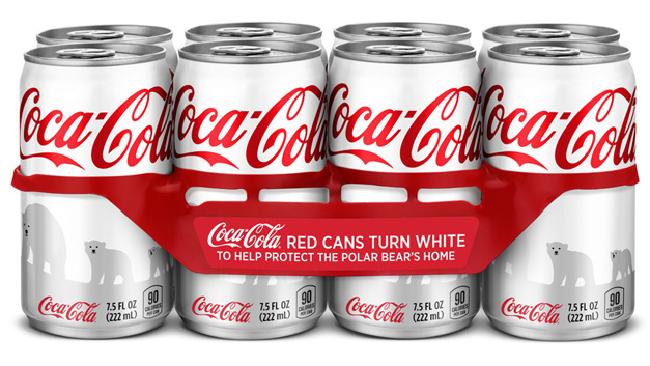Woolworths kills off Homebrand0:30

Woolworths has ditched its long-running Homebrand label for the more up-market Essentials in a bid to improve perceptions of its private label range in the fight against Coles and Aldi.

Say goodbye to these products in your shopping basket. Homebrand is dead.
WOOLWORTHS has a new CEO and his big idea to save the struggling supermarket chain is … changing the labels on the Homebrand products.
Woolies is getting flayed by Coles and especially by Aldi. Shoppers and shareholders alike are more than ready for the big supermarket to start fighting back with fire.
The new CEO’s plan is to ditch the Homebrand labelling, and give everything the name Essentials instead.
So to improve the quality and value, they’re not planning on changing the products at all. Just the labels.
Analysts say Homebrand, with its plain red and white logo, was seen as too low quality. (Aldi’s private label brands, by contrast, look anything but generic. If anything they look a lot like the major brands.)
And the funny thing is, this trick will almost certainly work on all of us. Because the way human brains work is totally suggestible. When we eat or drink a food, a lot of the sensation actually comes from the packet.

So this ice cream actually tastes less delicious just because it’s not in a fashionable tub.Source:News Limited
The best example is from Coca-Cola. This brand is super sensitive to consumer perception, (as you have to be when you’ve been selling brown sugar water at an high price for over a century).
But in 2011, they made a misstep. They ran a Christmas promotion in the US, changing their cans to white instead of the usual red. Consumers revolted. They complained to Coke the soda tasted different, and the company swiftly switched back to the safety of traditional red.
Packaging is the great magic trick performed for consumers. We think it’s just to wrap up the contents. Instead it’s a huge part of the experience.

Big mistake Coca Cola. HUGE.Source:Supplied
Not just the buying experience or the unwrapping experience. Packaging can make us rate the product differently even after we’ve used it, and make us go back and buy again.
At Oxford University in the UK, a psychology professor called Charles Spence has done countless experiments on this phenomenon and made hundreds of discoveries. For example, if you serve strawberry mousse in a white container, it tastes 10 per cent sweeter than if it comes in a black container. Or, coffee tastes half as intense if you serve it glass instead of in a white cup.
Red makes things taste sweet, blue makes things taste saltier, round things taste sweeter than square, etc, etc. There is a huge catalogue of linkages between shape and colour and taste. (This explains why a company like Cadbury has trademarked their exact shade of the colour purple — they know how much their flavour depends on it.)
Professor Spence gets funding for research from big companies who want to change their packaging to make the experience better for consumers. He has already changed the sound a deodorant spray makes, so the men’s Axe deodorant makes a much louder, tougher sound than a woman’s spray.
And, according to one report, he’s undertaking an experiment into whether changing the sound of a drink can when you open it affects the subjective experience of its flavour.
This is why Woolies simple plan to change their packaging can make such a big difference.
Packaging might not matter so much for a pineapple, say, or a baguette. But it matters enormously for things that have no real shape of their own, like beverages, canned food, and cereals and spreads — and those are the sort of things that are often home brand.
The fact packaging adds so much value is lost on some environmentalists — they rage against packaging as though it is purposeless.
They aren’t necessarily wrong that it is wasteful, but the source of the problem is not evil corporations. It is our own brains mixing up flavour and texture and colour cues into an overall impression that means packaging will probably be a big part of product marketing, forever.

Admit it, these Essentials cans just look a lot better than the old red and white Homebrand cans.Source:Supplied
Is it smart to fight against the fact your brain gets a lot of flavour from the packaging? Only sometimes. Understanding how packaging works means you can let yourself be tricked when it helps you save money or eat less sugar, and fight against the effects if it is trying to rip you off.
As for Woolworths, we should probably hope their simple trick with the Essentials line works. To be honest, cheap generic brands have often been good products all along, but we’ve had bad experiences with them, because the packets looked terrible.
Studies show experts often prefer home brands — chefs tend to buy home brand flour and nurses prefer to buy home brand pain killers. They really are often just as good. If this is what it takes to make us buy more of it we would probably all be better off.
Jason Murphy is an economist. He publishes the blog Thomas The Thinkengine.
Follow Jason on Twitter @Jasemurphy













